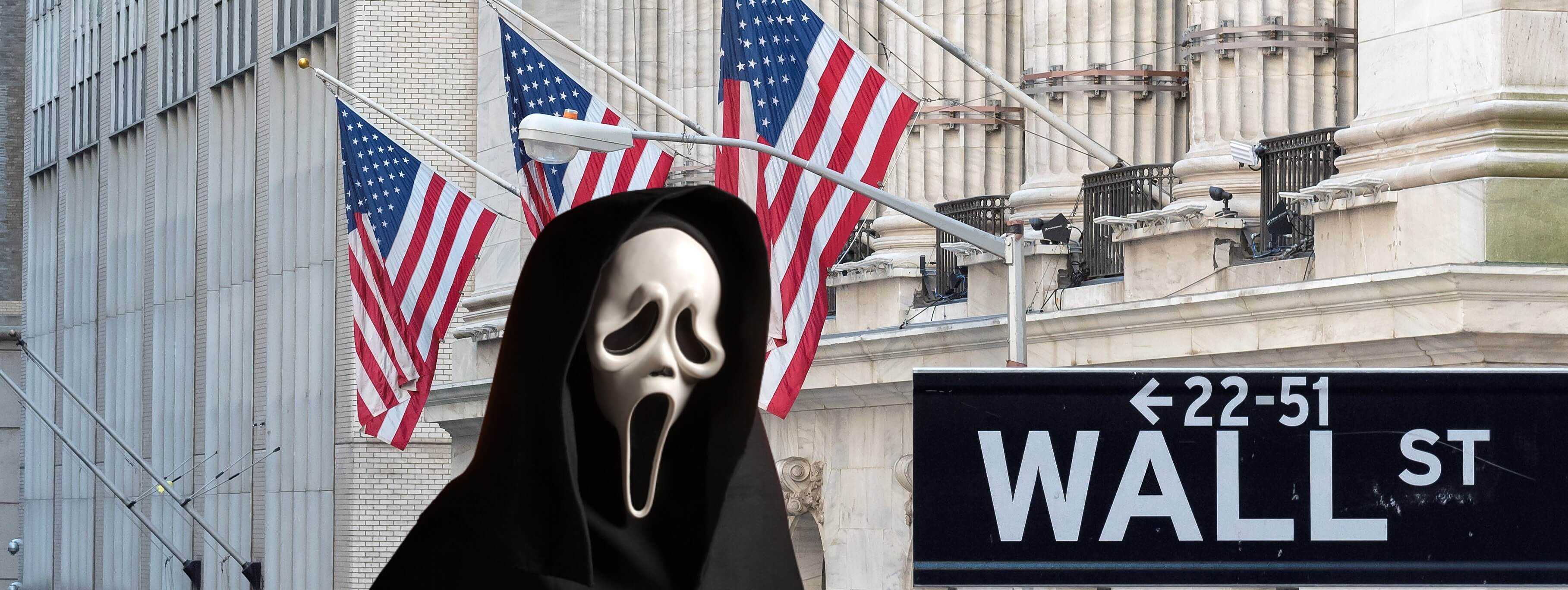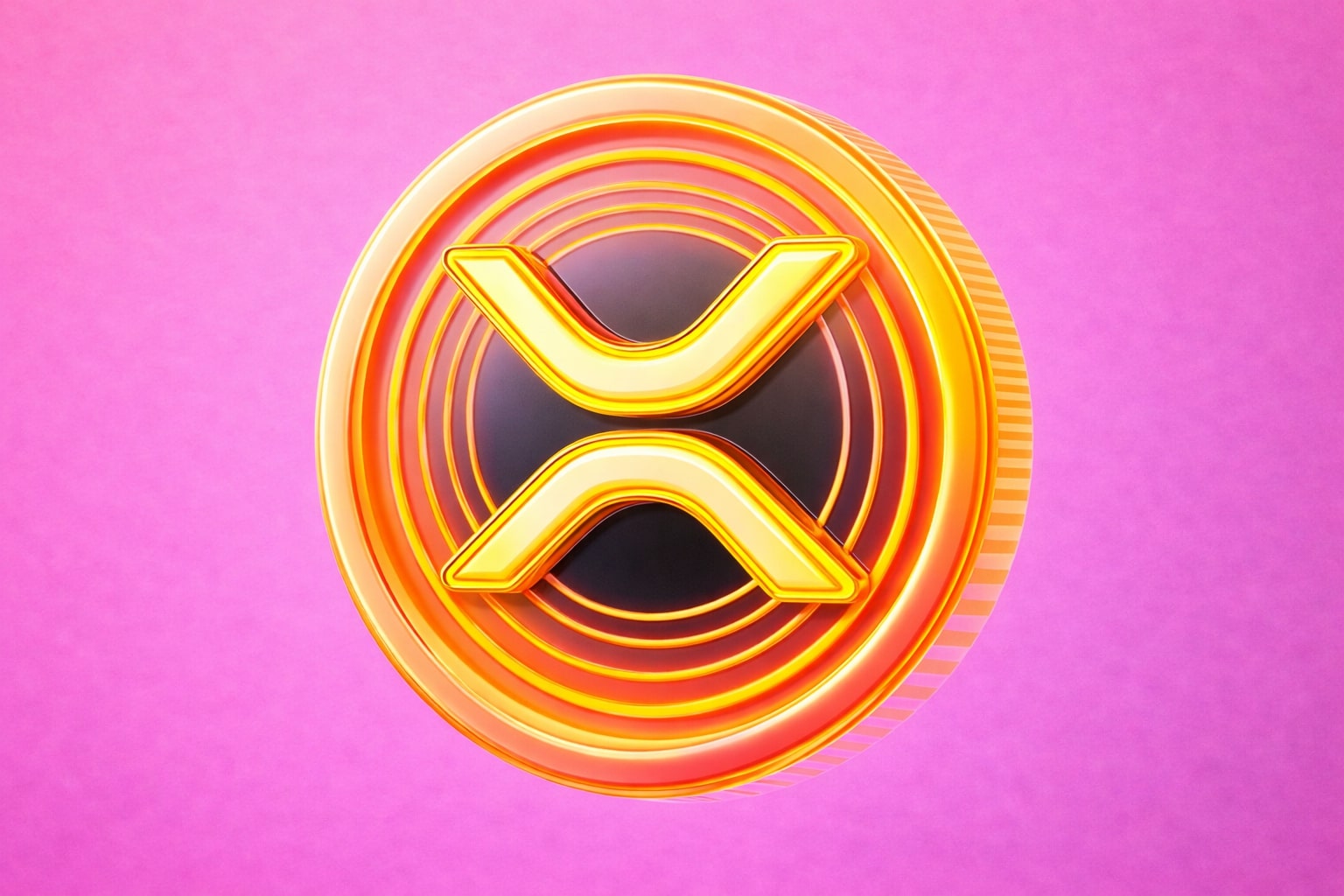
Power of Volatility,VXX ETF and VIXY Trading News
Volatility ETFs VXX and VIXY, shedding light on their unique features, performance, and their role as protective shields in turbulent market scenarios | That's TradingNEWS
The fluctuations of the stock market, which can cause jitters among investors, can actually be harnessed for potential gains through what are commonly known as Volatility ETFs. These financial instruments leverage the changing market scenarios by inversely moving with the market direction. They offer a platform for market participants to capitalize on sudden market downswings and can serve as a protective shield for your investment portfolio.
The primary indicator for market volatility is the CBOE Volatility Index (VIX), also known as the "fear index". This index measures market apprehension and depicts a prediction of the market's anticipated volatility. A spike in the VIX Index is often accompanied by a tumble in the U.S. stock indices, a dynamic that was recently seen when the VIX surged by over 20%.
Volatility ETFs are closely tied to the VIX as they are constructed around volatility futures. They are aptly termed "fear indicators" due to their capacity to tap into varying degrees of market volatility. One of their core features is their inverse relationship with the market. Investors who are prepared to take advantage of sharp market dips find volatility ETFs a viable option.
In the realm of Volatility ETFs, two alternative funds stand out: iPath Series B S&P 500 VIX Short-Term Futures ETN (VXX) and ProShares VIX Short-Term Futures ETF (VIXY). Both offer exposure to the same kind of investments and are aimed at short-term ETF trading.
The VXX, launched by Barclays Capital Inc. in 2009, is a prominent and liquid fund. With total assets worth $821.81 million, it has the most substantial volume of assets among volatility funds. It provides systematic exposure to the first and second month's VIX futures contracts. The VXX's performance is linked to the S&P 500 VIX Short-Term Futures Index, and it mirrors the implied volatility of the S&P 500 index.
On the other hand, VIXY, established in 2011 by ProShares, aims to align its performance with the S&P 500 VIX Short-term Futures Index. Currently worth $349.92 million, this ETF serves as a protective hedge when mainstream stock prices are expected to dip. It should be noted, however, that while the fund's value increases when the S&P 500 faces a downturn, the relationship between the two is not inverse.
Both VXX and VIXY have their unique features. They invest in VIX futures but are issued by different entities, with VXX's net assets surpassing that of VIXY. Additionally, VXX has a slightly higher expense ratio of 0.89% compared to VIXY's 0.87%.
Unlike mainstream ETFs, both VXX and VIXY do not contain any company stocks, investing directly in VIX Futures instead. As of May 2022, both hold approximately 65% of their portfolio in VIX Futures for that month and about 35% in VIX Futures for June 2022.
In a ten-year performance comparison, VXX has demonstrated a year-to-date return of 34.92%, a 1-month return of 4.17%, and a 3-month return of 33.62%. However, it has shown negative returns of 45.06% and 40.18% for one year and three years, respectively. This points to a crucial fact that while these funds offer potential short-term gains, they can lead to substantial losses over a prolonged period.
While similar in their objective to provide exposure to market volatility, VXX and VIXY differ in their issuing entities, net assets, expense ratios, and other factors. However, they share a common feature: their suitability for short-term traders willing to navigate market volatility and take calculated risks.
VIXY, like VXX, can offer a protective cushion during a stock market downturn but is not meant to be held for an extended period. Nonetheless, it can be an attractive option if mainstream stock prices are expected to fall.
When comparing VXX and VIXY, the former appears to hold an edge in terms of performance and asset volume. VXX not only has the highest number of total assets among volatility funds but also boasts the most substantial average trading volume. This implies a strong liquidity position, making it an attractive choice for investors. However, the final decision to invest in either of the funds, or even the broader category of volatility funds, hinges on individual investment strategies, risk tolerance, and market perceptions.
It's essential to understand that while VXX and VIXY offer a potential upside during market turbulence, holding these funds over the long term may lead to capital erosion, largely due to the phenomenon known as "contango." Consequently, these funds should be seen as part of a broader, well-diversified investment strategy rather than standalone investment options. They demand a risk tolerance level that not all investors may possess, and their futures-based structure could make them seem daunting to the uninitiated.
HistorThe landscape of investment is expanding with an array of options that allow investors to experiment with the way they interact with the stock market. Among these are volatility ETFs, a unique and dynamic investment tool that operates on the principle of volatility, as gauged by the CBOE Volatility Index, also known as the VIX or the "fear index." Known for a surge during times of falling markets and investor uncertainty, these funds create opportunities for investors to safeguard their market investments.
Volatility ETFs function through their association with volatility futures, earning them the moniker "fear indicators." This term originates from their ability to provide exposure to a range of volatility forms. These funds generally move in a direction opposing the market, catering to investors who aim to leverage sudden market dips to their advantage.
One of the most popular choices within this sector are the VXX: iPath Series B S&P 500 VIX Short-Term Futures ETN, and the VIXY: ProShares VIX Short-Term Futures ETF. Both are highly regarded within the financial community as alternative volatility funds, which essentially means they invest in similar types of assets.
Diving deeper, VXX was launched in 2009 and is known to track the VIX. It strives to offer exposure to the methodical long position in the VIX futures contracts for the first and second months. Renowned for being a highly liquid ETN, VXX has distinguished itself with the highest total assets among volatility funds, amounting to $821.81 million. It also boasts the largest average trading volume compared to its contemporaries.
On the other hand, VIXY, launched in 2011, is designed to track the performance of the S&P 500 VIX Short-term Futures Index. With a net worth of $349.92 million, VIXY offers investment results that align with the S&P 500 VIX Short-term Futures Index through investment in the futures contracts of VIX. Much like its counterparts, VIXY is an appropriate choice for downside protection when the prices of mainstream stocks are anticipated to fall.
However, despite the commonalities in their functioning, the VXX and VIXY have some key differences. For instance, VXX is issued by Barclays Capital Inc., while ProShares issues VIXY. Moreover, VXX boasts of net assets worth $821.81 million, outperforming VIXY’s net assets worth $349.92 million. Lastly, the expense ratio, or the annual fee that the fund or ETF charges from investors, for VXX stands at 0.89%, while that of VIXY is slightly lower at 0.87%.
When it comes to composition, VXX and VIXY differ from mainstream ETFs in that they do not hold any stocks in companies. Instead, they invest in CBOE Volatility Index (VIX) Futures. The VIX futures for May and June 2022 constitute 64.97% and 34.99% of their portfolios, respectively.
Over a ten-year period, the performance of the two funds reveals interesting insights. For instance, VXX returned a 34.92% yield year-to-date, 4.17% in a 1-month return, and 33.62% in a 3-month return. However, it suffered a negative return of -45.06% over a 1-year period and -40.18% over a 3-year period.
It's worth noting that these types of funds that bet against the stock market are likely to experience a downward trend over time, as the stock market generally ascends over longer periods. Therefore, these funds may not be the best option for those looking for long-term investments. However, for investors who are willing to navigate and leverage the sharp market dips, funds like VXX can provide a substantial downside protection when stock prices are expected to fall.
In the world of volatility ETFs, while VXX and VIXY both offer unique investment opportunities, they are distinctly different. The choice between the two depends largely on an investor's strategy and appetite for risk. As such, having an advisor or fund manager to guide your decision-making process can be beneficial for thriving in the ETF industry.
VXX, with its greater liquidity and moderate expenses, presents itself as an appropriate option for investors seeking volatility exposure in turbulent market conditions, albeit on a short-term basis. Investing in derivative products like future contracts, it requires a steady appetite for risk and should only be considered by investors with a strong risk tolerance.
Despite delivering negative returns of about 79.7% over the past year, VXX still offers value to traders in periods of heightened market volatility. The inherent nature of VIX as a fear gauge indicates that it tends to perform well when markets are sliding or fear levels are high. However, it's important for investors to understand that losses in volatility products have been high over the past year.
VXX seeks to mirror the performance of the S&P 500 VIX Short-Term Futures Total Return Index. While investing directly in the Volatility Index is not possible, futures contracts are utilized to gain daily exposure to the percentage changeETFs, such as iPath Series B S&P 500 VIX Short-Term Futures (VXX) and ProShares VIX Short-Term Futures ETF (VIXY), offer unique avenues for investors to wager on market volatility. The level of volatility is gauged by the VIX or the CBOE Volatility Index, an indicator colloquially termed as the "fear index." As uncertainty ripples through the market, reflected in a downturn, volatility surges, providing an opportunity to hedge investments using volatility ETFs. Designed for investors aiming for short-term market swings, these instruments reflect the anticipated fluctuation levels of the S&P 500.
Volatility ETFs, such as VXX and VIXY, pivot around futures linked to the VIX and are sometimes called "fear indicators" due to their ability to provide exposure to various forms of market volatility. During sudden market declines, these funds typically move in an opposite direction, making them attractive to those aiming to capitalize on these fluctuations.
Investors can look at VXX and VIXY as alternative volatility funds, meaning they share similar underlying investments. Established in 2009, VXX tracks the VIX and aims to expose investors to a systematic long position in first and second month VIX futures contracts. As the most liquid Exchange Traded Note (ETN) with the highest total assets ($821.81 million) among volatility funds, VXX is quite popular. Its returns are tied to the performance of the S&P 500 VIX Short-Term Futures Index, and it reflects the implied volatility of the S&P 500 at different points on the volatility curve.
On the other hand, VIXY was launched in 2011 by ProShares, with a current net worth of $349.92 million. This ETF seeks to match the performance of the S&P 500 VIX Short-term Futures Index through investment in VIX futures contracts. Like its counterparts, VIXY provides downside protection when the mainstream stock prices are expected to fall. Despite observing an uptick when the S&P 500 dips or is expected to decline, it doesn't maintain a direct inverse relationship with the S&P 500.
While VXX and VIXY share similarities, several factors distinguish them. VXX, issued by Barclays Capital Inc., has an expense ratio of 0.89%, and net assets worth $821.81 million. Contrastingly, VIXY, issued by ProShares, has an expense ratio of 0.87%, with net assets worth $349.92 million.
Neither VXX nor VIXY contain shares in companies; their investments are entirely in the VIX Futures. VXX's performance over the past decade has been quite fluctuating, with a year-to-date return of 34.92%, a 3-month return of 33.62%, and a 1-year return of -45.06%. These funds could potentially cause losses over the long term if the stock market consistently rises. However, for those who have the knack for leveraging market dips, they offer considerable downside protection.
Investors need to be aware of the volatility and potential risks associated with these ETFs. Like any investment decision, the suitability of investing in VXX or VIXY depends largely on individual preferences, risk appetite, and financial goals. It's also crucial to remember that VXX and VIXY are short-term instruments, appropriate for hedging during turbulent market conditions. Although their liquidity and moderate expenses are advantageous for short-term traders, holding these products for extended periods may lead to capital erosion due to their vulnerability to contango.
Read More
-
Pagaya Stock Price Forecast - PGY at $23.20: Is PGY Stock the Cheapest AI Fintech of 2026?
19.12.2025 · TradingNEWS ArchiveStocks
-
XRP Price Forecast: XRP-USD Stuck at $1.87 With $3 2026 Target and $10–$25 Long-Term Range
19.12.2025 · TradingNEWS ArchiveCrypto
-
Oil Price Forecast: WTI Near $56 and Brent at $60 Signal Risk Toward $50
19.12.2025 · TradingNEWS ArchiveCommodities
-
Stock Market Today: AI Chip Rally Lifts Nasdaq as $7.1T Quad Witching Hits
19.12.2025 · TradingNEWS ArchiveMarkets
-
GBP/USD Price Forecast - Pound at 1.34 As BoE Cut And Soft Dollar Keep Bullish Path Toward 1.35
19.12.2025 · TradingNEWS ArchiveForex


















